Welcome back to Decouple, the best source for cutting-edge analysis on nuclear energy, with weekly interviews by Chris Keefer. Watch on YouTube, Spotify, or Apple.
Molten Salt Reactors are often portrayed as nuclear’s great missed opportunity, promising unparalleled safety, efficiency, and fuel sustainability. But are these promises reality or hype? Nick Touran, reactor designer and nuclear historian, joins me to tell the complex story behind molten salt reactors—from their ambitious beginnings during Cold War nuclear airplane experiments to the realities of managing radioactive liquid fuels. This conversation clears the mist around one of nuclear's most intriguing yet misunderstood technologies.
The following essay is based on my conversation with Nick. Watch the full interview on YouTube.
We talk about
Origins of molten salt reactors in nuclear-powered aircraft programs.
Alvin Weinberg’s role in advancing fluid-fueled reactor designs.
The challenges and complexities of molten salt reactors compared to conventional nuclear plants.
Lessons learned from the Molten Salt Reactor Experiment (MSRE).
The intricate chemistry and corrosion issues of liquid fuels.
Remote maintenance challenges due to extreme radioactivity.
How thorium became an internet sensation and helped create a generation of advocates for traditional nuclear
Debunking popular myths around thorium reactors, including proliferation resistance.
China's current leadership in molten salt reactor development.
Practical timelines and budgets needed for commercializing molten salt technology.
Deeper Dive
Molten salt reactors emerged from a strange dream—the U.S. Air Force's plan to build nuclear-powered bombers. Alvin Weinberg, the visionary director of research at Oak Ridge during and after the Manhattan Project, recognized this fantastical goal was unlikely. But he saw promise in the fluid-fueled reactor itself. This concept was simple on paper: dissolve uranium in molten salt and pump it through a reactor. But simplicity had its complications as well.
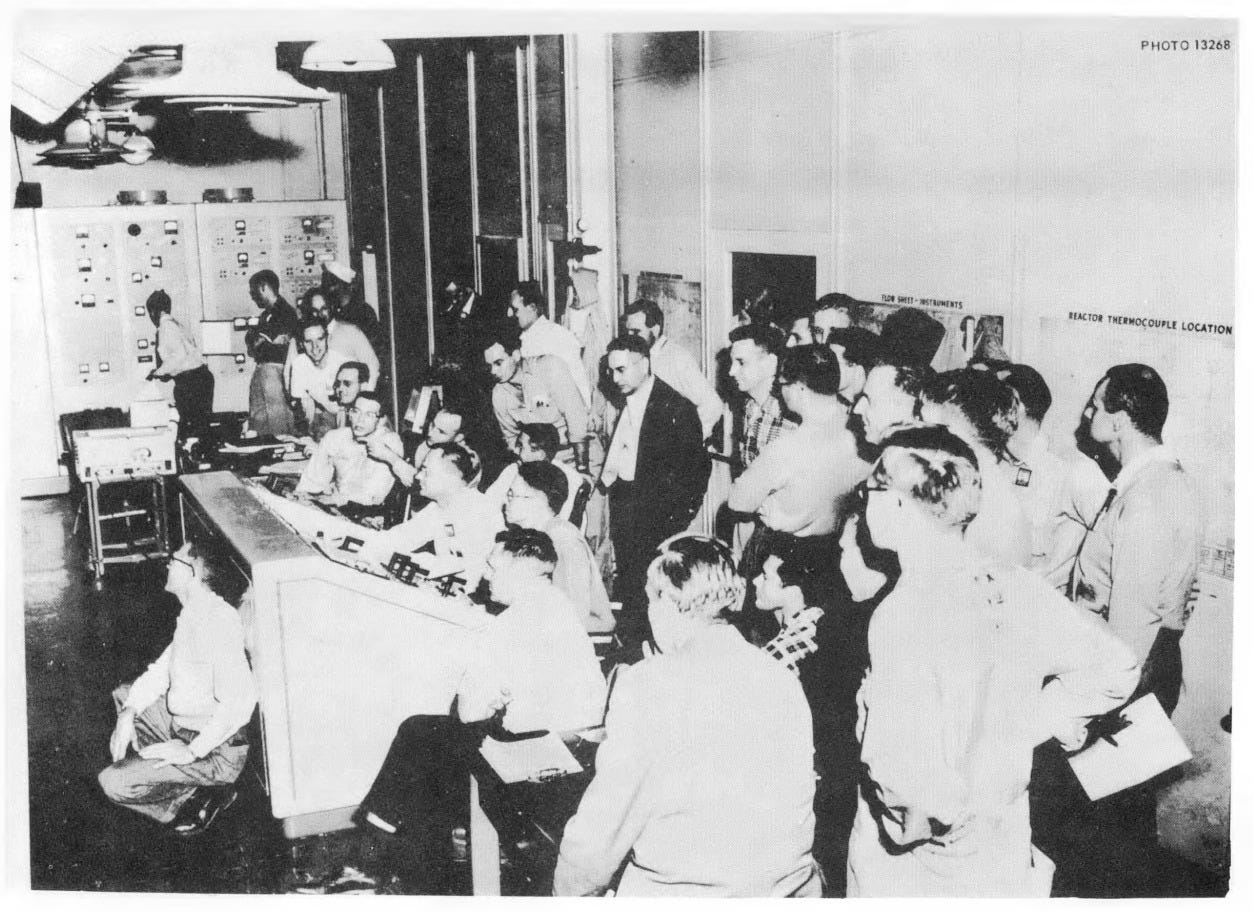
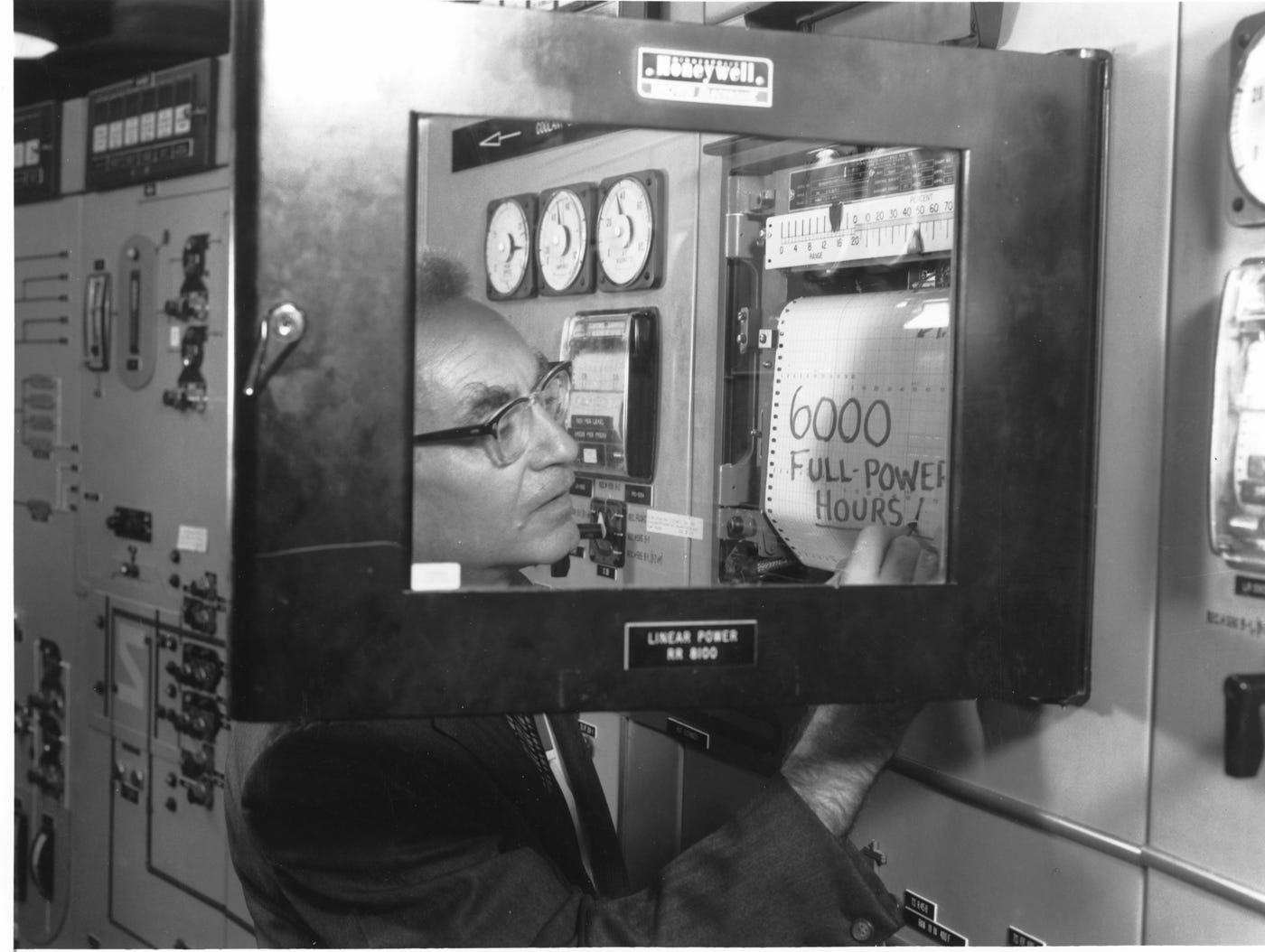
In a traditional nuclear reactor, fission products remain locked in solid pellets. In a molten salt reactor, they flow openly. This fluidity brings elegant advantages—continuous refueling, high efficiency, easy removal of problematic isotopes—but at a cost. Every pipe, pump, and valve becomes radioactive. Maintenance is done remotely, behind thick walls, with robotic arms and special tools. Leaks are not just leaks; they are radioactive events. At Oak Ridge, early tests taught engineers bitter lessons. They built elaborate ventilation systems, extended radiation sensors away from leaks, and piped radioactive gases out into remote forests.
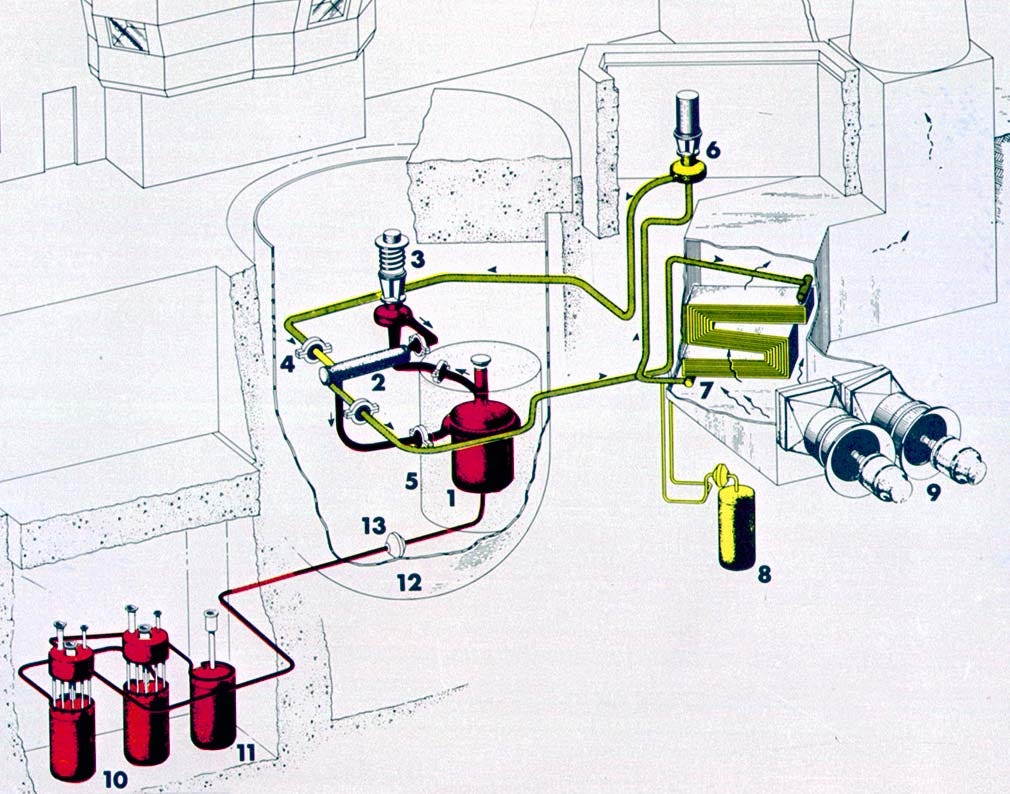
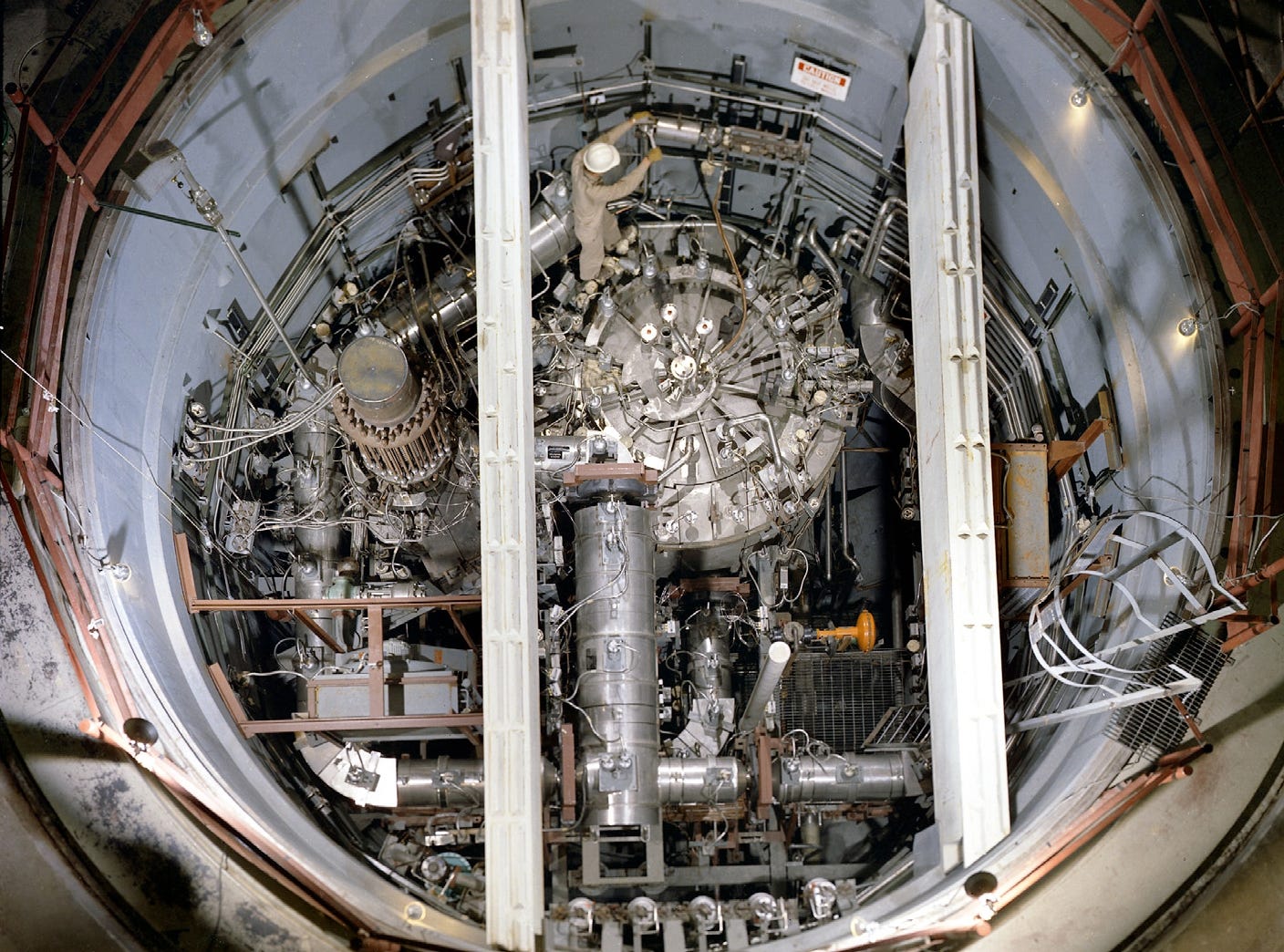
The chemistry itself is challenging. Nick describes how the molten salts contain a complex mixture of radioactive elements produced during nuclear fission. Temperature differences between reactor cores and heat exchangers cause salts to deposit metals like platinum and gold onto critical equipment, complicating operation and maintenance. Corrosion from fission products such as tellurium becomes a constant threat, necessitating exotic alloys like Hastelloy-N to withstand harsh chemical environments. According to Nick, managing these chemical complexities makes molten salt reactors resemble chemical plants as much as nuclear facilities.
“It's never as good as it looks on paper. Where you end up is unknown until you build and operate it.” – Nick Touran
Thorium adds to the allure. Weinberg saw thorium as a potential breeder fuel, creating fuel as it consumed it. Thorium was abundant, and its narrative became seductive, amplified by internet evangelists like Kirk Sorensen. Sorensen portrayed thorium as a suppressed technology, sidelined because it couldn't be used to make bombs—a narrative Nick clarifies as historically inaccurate. Uranium-233 bred from thorium, in fact, is highly suitable for weapons. Despite debunked myths, thorium’s narrative persists, captivating many newcomers to nuclear power.
“Thorium molten salt reactors single-handedly shifted the narrative on nuclear for an entire generation.” – Nick Touran
Today, molten salt reactors remain promising but technically demanding. China currently leads the field, approaching operational status of a thorium-fueled molten salt reactor. Western startups propose simpler designs, suggesting frequent reactor core replacements to mitigate chemical complexities. Yet, Nick points out this approach raises significant waste management questions regarding disposal of radioactive reactor vessels.
Molten salt reactors, like many promising technologies, look beautiful on paper. Weinberg's vision remains compelling, not because molten salt reactors solve every nuclear challenge effortlessly, but because they present a worthy scientific and engineering puzzle. We must build and test them again, mindful of past lessons. Only then will we know if molten salt reactors are nuclear's forgotten gem or merely another tough chapter in our endless quest for energy.
Keywords
Molten Salt Reactors, Thorium, Alvin Weinberg, Nuclear History, Fluid Fuel, Radioactive Maintenance, Nuclear Myths, Proliferation Risks, Advanced Reactors
Chapters
00:00 Introduction
01:40 Historical Context of Molten Salt Reactors
04:15 The Aircraft Reactor Experiment
06:48 Challenges and Innovations in Reactor Design
20:25 Molten Salt Reactor Experiment (MSRE)
36:55 Nuclear Waste Challenges in Molten Salt Reactors
37:46 Remote Maintenance and Operational Challenges
40:23 Thermal Stresses and Chemical Complexities
45:51 The Cultural Mystique of Molten Salt Reactors
47:36 Kirk Sorensen and Nuclear Advocacy
53:57 Debunking Thorium Myths
57:59 Global Developments and Future Prospects for Molten Salt Reactors




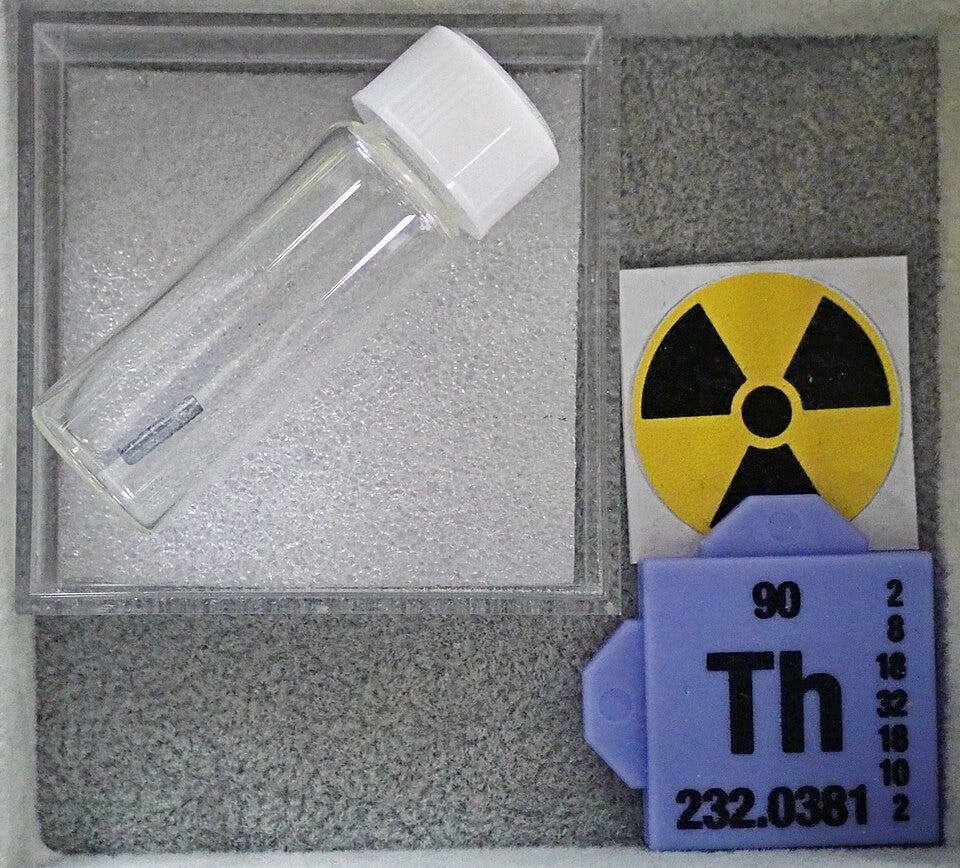
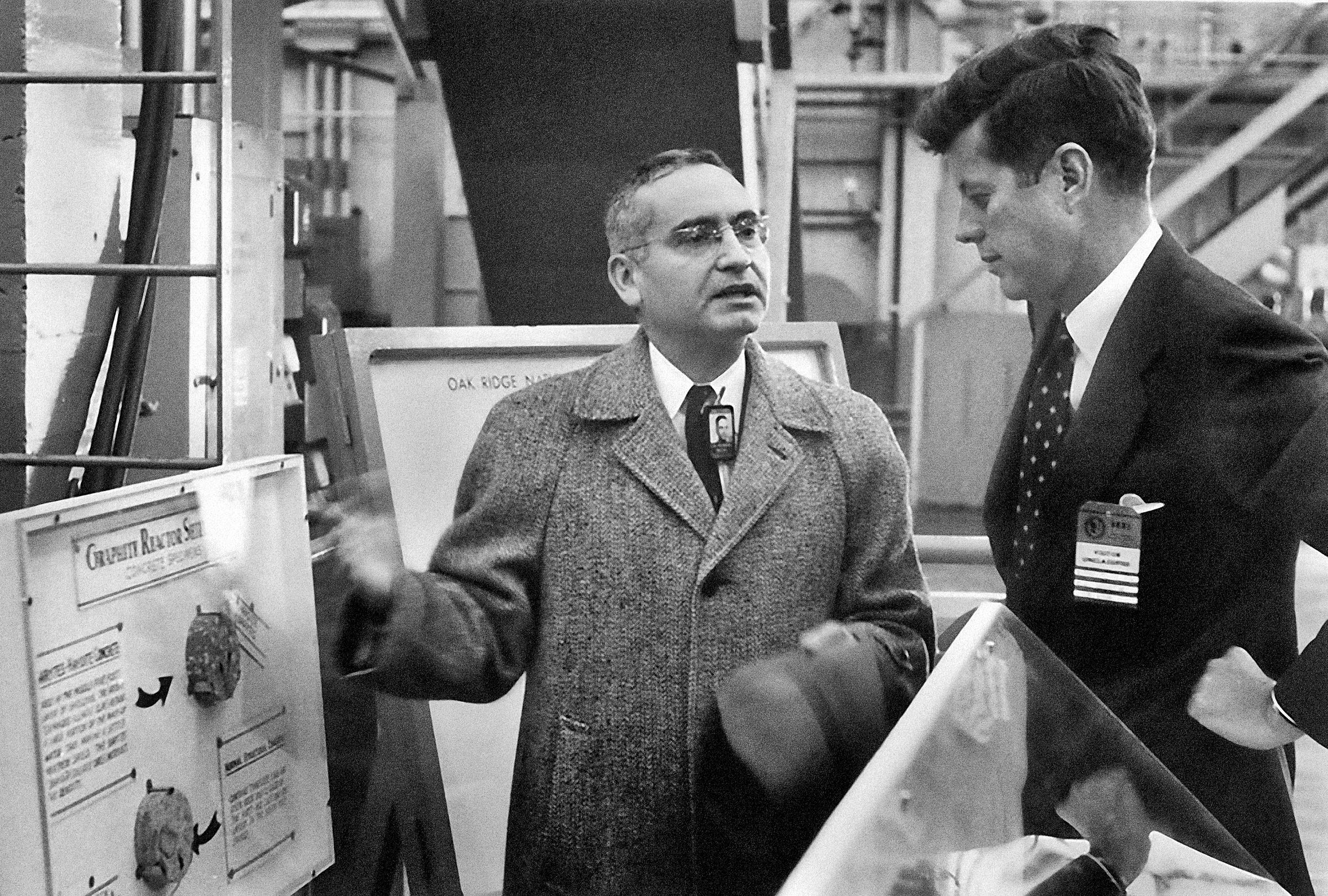
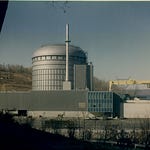
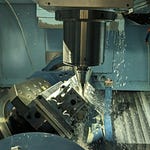
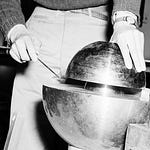
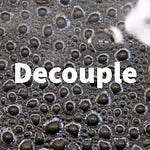



Share this post